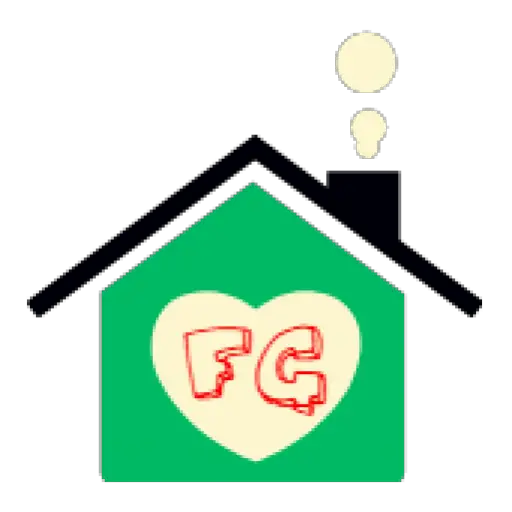Does your home constantly feel messy no matter how often you clean? You’re not alone. Many people struggle with inconsistent cleaning habits, leading to overwhelming clutter, forgotten chores, and frustration. The right cleaning habit tracking method can transform your routine from chaotic to efficient.
In this guide, we’ll cover the most effective ways to track your cleaning habits, from digital apps to traditional checklists. Whether you prefer tech solutions like robot mop cleaners or hands-on planners, there’s a system for everyone.
Key Takeaways
- Digital apps offer reminders and progress analytics for tech-savvy users.
- Bullet journals provide a creative, customizable way to log chores.
- Smart home devices automate tracking for high-tech households.
- Checklists and spreadsheets are simple yet effective for visual planners.

Why Tracking Cleaning Habits Matters
Consistency is key to maintaining a clean home, but busy schedules often derail even the best intentions. Tracking your cleaning habits ensures accountability, reduces procrastination, and helps distribute chores evenly. Studies show that people who monitor their habits are 42% more likely to stick to routines. By visualizing progress, you’ll stay motivated and avoid last-minute deep-cleaning marathons.
1. Cleaning Apps for Digital Tracking
Smartphone apps like Tody, Sweepy, and Habitica gamify cleaning with reminders, streaks, and rewards. These tools sync across devices, making them ideal for families sharing chores. For example, Tody assigns tasks based on room usage, while Sweepy suggests daily micro-tasks to prevent overwhelm. Pair these with steam mop solutions for a streamlined routine.
2. Spreadsheets for Data Lovers
Google Sheets or Excel templates let you customize tracking with color-coding, due dates, and completion metrics. Create columns for tasks (e.g., “mop floors weekly”) and check off completed items. Advanced users can add formulas to calculate cleaning frequency or time spent. This method works well for detail-oriented planners who love analytics.
3. Bullet Journals for Creativity
A bullet journal combines to-do lists, calendars, and habit trackers in one notebook. Design a cleaning dashboard with monthly themes, doodles, and stickers to make chores fun. Track tasks like “vacuum rugs” or “disinfect surfaces” and shade in completed days for visual motivation. Experts recommend pairing this with pet-safe cleaning solutions for households with animals.
4. Smart Home Integrations
Voice assistants like Alexa or Google Home can schedule reminders (“Clean the bathroom every Thursday”). Robot vacuums (e.g., Roomba) log cleaning sessions via apps, while smart sensors monitor air quality to prompt dusting. For floors, use IoT mops that sync with your phone to track usage and maintenance needs.
5. Printable Checklists
Simple but effective, checklists break tasks into manageable steps. Post them on fridges or clipboards for quick reference. Example categories:
| Daily | Weekly | Monthly |
|---|---|---|
| Wipe counters | Mop floors | Clean oven |

FAQ Section
How often should I track cleaning habits?
Daily tracking works best for high-frequency tasks (dishes, laundry), while weekly/monthly logs suit deep-cleaning chores. Adjust based on your home’s needs.
Which method is best for families?
Shared apps or chore charts ensure transparency. Try color-coded systems to assign tasks by room or family member.
Can tracking reduce cleaning time?
Yes! By preventing buildup, you’ll spend 30% less time per session. For efficiency, use tools like Good Housekeeping’s schedule.
Final Thoughts
Whether you choose an app, journal, or smart device, tracking cleaning habits ensures a tidier home with less effort. Start small—pick one method and refine it over time. For specialized tips, explore our guide on hardwood floor care. Consistency transforms chores from burdens to effortless routines.
